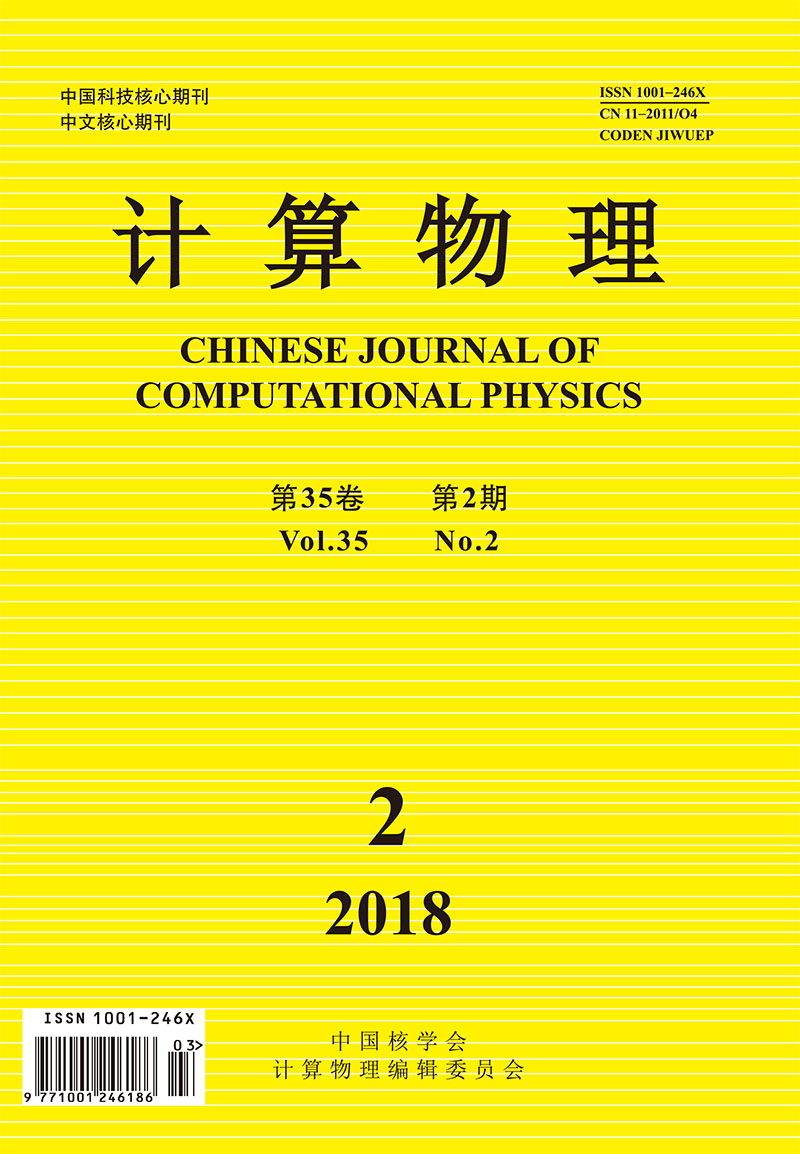|
|
Calculation of Structural Parameters and Frontier Orbital of Cucurbituril (5-10) with Density Functional Theory
LIN Yan, LIU Yun, PENG Qingwei, WEI Xiaonan, TANG Yanlin
2018, 35(2):
221-229.
DOI: 10.19596/j.cnki.1001-246x.7631
In gas phase, structure of cucurbituril (CB[n],n=5-10) composed of n glycoluril units was optimized by density functional theory (DFT). Structural parameters, frontier orbital energy levels and chemical stability of CB[n](n=5-10) were calculated and analyzed with conceptual DFT reactivity index and Multiwfn wave function analyzer. It showed that structure of C-N bond is most stable, chemical stability of α=O, γ-γ, γ-H and β-H(2) is poor. Change of part bond angle is bounded by CB[6], and change of main dihedral angle exhibits symmetrical. Port diameter, cavity diameter and outer diameter of CB[n](n=5-10) tend to increase linearly with increase of number of glycoluril units. EHOMO, ELUMO and ELUMO-EHOMO of CB[n](n=5-10) reduced, their chemical activity increased and stability decreased with increase of number of glycoluril units. The largest electrophilic active sites are located at port O atoms. Electron cloud distribution of LUMO is mainly related to H atoms,and contribution of methine H atom to LUMO electron cloud is the largest. Methine C atom, methylene C atom, and methylene atom H in direction of CB[n] port have an inhibitory effect on electron cloud distribution of LUMO. Inhibitory capacity is methylene H atom in direction of CB[n] > methylene C atom > methine C atom. It provides theoretical basis for study of supramolecular assembly of cucurbituril.
|
